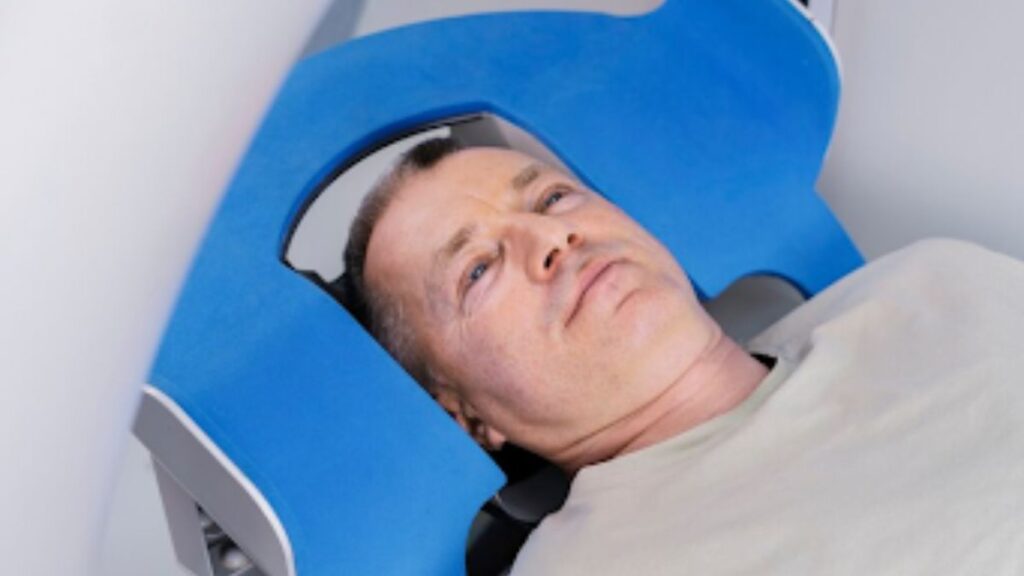Migraine sufferers are all too familiar with the debilitating pain that can accompany this condition. Traditional treatments often fall short, leaving many seeking alternative solutions. One such approach gaining traction is green light therapy. Studies suggest that exposure to green light may reduce headache intensity and frequency. Here, we explore the mechanisms behind this innovative treatment and what migraine sufferers need to know.
An Overview of Migraines
A migraine is not just a severe headache; it is a neurological condition characterized by recurrent migraines that may cause various symptoms, including nausea, sensitivity to light, and even visual disturbances. According to the American Migraine Foundation, approximately 12% of the U.S. population is affected by migraines, making it a common ailment.
These episodes can last from hours up to several days, severely affecting the quality of life. While mainstream treatments are available, many individuals are interested in how alternative therapies, such as green light therapy, might provide relief.
The Basics of Green Light Therapy
Green light therapy involves exposing the affected individual to specific wavelengths of green light. The concept behind this therapeutic approach centers on the idea that certain light wavelengths can positively influence how we perceive and react to pain.
Specifically, the treatment aims to reduce the hyperactivity of the brain’s pain-processing centers. It’s essential to evaluate the science behind green light therapy to truly understand these effects. Early research indicates that patients who undergo green light therapy experience reduced pain intensity and associated symptoms. As increased research illuminates the various mechanisms of light therapy, individuals may gain access to more options for alleviating migraine symptoms.
Mechanism of Action
Research has revealed that the brain’s response to light can significantly influence pain perception. A study published in “Cephalalgia,” the official journal of the International Headache Society, suggests that green light has a calming effect on the brain’s neural circuitry. By engaging specific receptors, green light may modulate pain pathways, blunting the overall experience of migraines.
This response seems to occur largely due to photoreceptors in the retina that respond to green light wavelengths. Studies indicate that these applications lead to decreases in both headache frequency and severity. By directly affecting neurogenic inflammation, green light may lower the overall pain experienced during migraine attacks.
Clinical Research and Evidence
A pivotal study at the University of Arizona involved participants who suffered from chronic migraines. In this randomized clinical trial, subjects experienced significant reductions in both the duration and severity of their headaches after undergoing green light exposure therapy.
Further, a systematic review of the literature reveals that several studies support the efficacy of this therapy for migraine management. Over 70% of participants reported fewer migraine days per month after consistent exposure to green light, underpinning its potential as a promising alternative treatment.
Comparing Green Light Therapy with Other Treatments
Traditional migraine treatments typically fall into two categories: preventive and abortive. Preventive treatments aim to reduce the frequency of attacks, while abortive treatments focus on relieving symptoms during a migraine episode.
Unlike conventional medications, green light therapy is a non-invasive option with minimal side effects. Many patients who struggle with the side effects of traditional medications might find green light therapy a viable supplementary treatment. While it may not replace established medications, studies show its effectiveness in combination with other approaches.
Putting Green Light Therapy into Practice
Integrating green light therapy into a migraine management plan can be relatively simple. Most of the available equipment is user-friendly and can be accessed from home. Patients typically require consistent use, often involving short, daily sessions.
Adjusting the duration and intensity of exposure will depend on individual tolerance and needs. As always, working closely with a healthcare professional is essential to develop a comprehensive treatment plan tailored to the individual’s migraine profile.
Potential Side Effects
While green light therapy is generally well-tolerated, it’s important to be aware of potential side effects. Some users report mild discomfort when first starting treatment, while others may experience temporary changes in their perception of light.
Nevertheless, these side effects are typically transient. Unlike traditional pharmaceuticals, which may lead to significant adverse reactions, green light therapy holds promise for those seeking a gentler approach to managing migraines.
Many migraine sufferers are exploring innovative alternatives to traditional treatments. Green light therapy represents an exciting frontier in migraine management. Emerging clinical evidence demonstrates its potential to reduce headache frequency and intensity, making it an option worth considering. While further studies are needed to solidify its standing, the positive outcomes so far suggest it could play a significant role in comprehensive migraine treatment plans.







